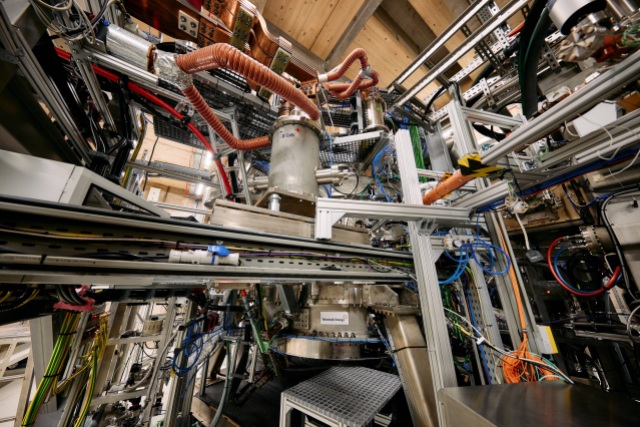
As the race towards the first commercially viable nuclear fusion reactor heats up, the UK-based Tokamak Energy has published a paper on its recent achievements with its ST40 spherical tokamak. Most notable is the achieving of plasma temperatures of over 100 million Kelvin, which would put this fusion reactor firmly within the range for deuterium-tritium fusion at a rate that would lead credence to the projection made by Tokamak Energy about building its first commercial fusion plants in the 2030s.
The ST40 is intended to provide the necessary data to construct the ST80-HTS by 2026, which itself would be a testing ground for the first commercial reactor, called the ST-E1, which would be rated at 200 MWe. Although this may seem ambitious, Tokamak Energy didn’t come out of nowhere, but is a spin-of of Culham Centre for Fusion Energy (CCFE), the UK’s national laboratory for fusion research, which was grounded in 1965, and has been for decades been involved in spherical tokamak research projects like MAST and MAST-Upgrade, with STEP as its own design for a commercial fusion reactor.
The advantage offered by spherical tokamaks compared to regular tokamaks is that they favor a very compact construction style which puts the magnets very close to the plasma, effectively making them more efficient in retaining the plasma, with less power required to maintain stable plasma. Although this makes the use of super-conducting electromagnets not necessary, it does mean that wear and tear on these magnets is significantly higher. What this does mean is that this type of tokamak can be much cheaper than alternative reactor types, even if they do not scale as well.
Whether or not Tokamak Energy will be the first to achieve commercial nuclear fusion remains to be seen. So far Commonwealth Fusion’s SPARC and a whole host of Western and Asian fusion projects are vying for that gold medal.
The UK’s ST40 Spherical Tokamak Achieves Crucial Plasma Temperatures
Source: Manila Flash Report
0 Comments